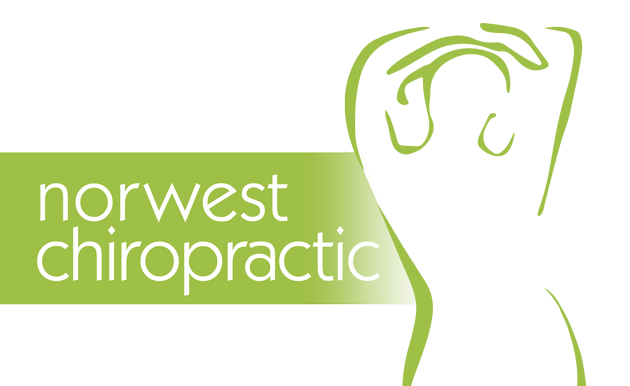At Norwest Chiropractic, we champion preventive chiropractic care as a cornerstone of wellness for families in New Zealand. You may wonder, why does this matter for families? The reasoning couldn’t be simpler.
Every age group, from the tender years of infancy to the golden age, stands to gain from preventive chiropractic care. By addressing minor misalignments and spinal imbalances before they grow into major issues, our approach centers on keeping your family’s spines in tip-top shape. This alignment allows optimal nervous system function for each family member.
Infants and Children
Youngsters, particularly during their developmental stages, are susceptible to spinal misalignments. Whether these arise from the trauma of birth, the rigours of learning to walk or participation in youth sports, their spines encounter significant stress. Regular chiropractic checks nip these issues in the bud, promoting healthy growth. Research suggests that chiropractic may boost immune response, mitigate conditions such as ear infections and potentially improve ADHD symptoms (Alcantara et al., 2009)[1].
Teens and Adults
The modern lifestyle poses distinct challenges for the spinal health of teenagers and adults. Hours of studying, computer work or physical labour can lead to spinal misalignments. That’s where chiropractic care steps in. It helps to prevent the cumulative effects of tension, stress and imbalances that result in pain, discomfort and reduced mobility. It also rectifies posture issues from sustained positions and mitigates chronic conditions like repetitive strain injury (RSI). Evidence also links chiropractic to improved mental health outcomes, including reduced stress and anxiety and increased focus and productivity (Plaza-Manzano et al., 2014).
Seniors
Chiropractic care is proving to be a game-changer for the elderly, offering potential solutions to age-related conditions such as arthritis and mobility challenges. Regular adjustments promote spinal flexibility and joint function, improving balance, reducing the risk of falls, and enhancing the overall quality of life (Dougherty et al., 2012)[3].
Given the increasing body of evidence supporting the benefits of preventive chiropractic care, the role of spinal health in general wellbeing cannot be overemphasized. As such, New Zealand families seeking a balanced, healthy lifestyle should place chiropractic care high on their list. This natural, safe and effective strategy promotes optimal health for family members of all ages.
We strongly encourage you to explore chiropractic care, not just as a solution to existing health problems, but as a preventive measure to protect your family’s future health. Share this vital information with your loved ones, and remember, there is no ‘right’ age to start looking after your spine – whether you’re young or old, the time is now.
At Norwest Chiropractic, your family’s health is our priority.
We foster a welcoming environment where individuals of all ages, from infants to grandparents, can access top-quality chiropractic care. Dr Wayne is skilled at meeting the unique needs of each family member, delivering personalised treatment plans that consider their age, health status, and lifestyle.
For appointments, call/ text 022-4031568 or book online here.
References:
[1] Alcantara, J., Ohm, J., & Kunz, D. (2009). The safety and effectiveness of pediatric chiropractic: a survey of chiropractors and parents in a practice-based research network. Explore (New York, N.Y.), 5(5), 290–295. [2] Plaza-Manzano, G., Molina-Ortega, F., Lomas-Vega, R., Martínez-Amat, A., Achalandabaso, A., & Hita-Contreras, F. 2014. Changes in biochemical markers of pain perception and stress response after spinal manipulation. J Orthop Sports Phys Ther. 2014 Apr;44(4):231-9. [3] ]Dougherty,P., Hawk, C., Weiner,D., Gleberzon, B., Andrew,K., Killinger, L. The role of chiropractic care in older adults. Chiropractic & Manual Therapies 2012 20:3

